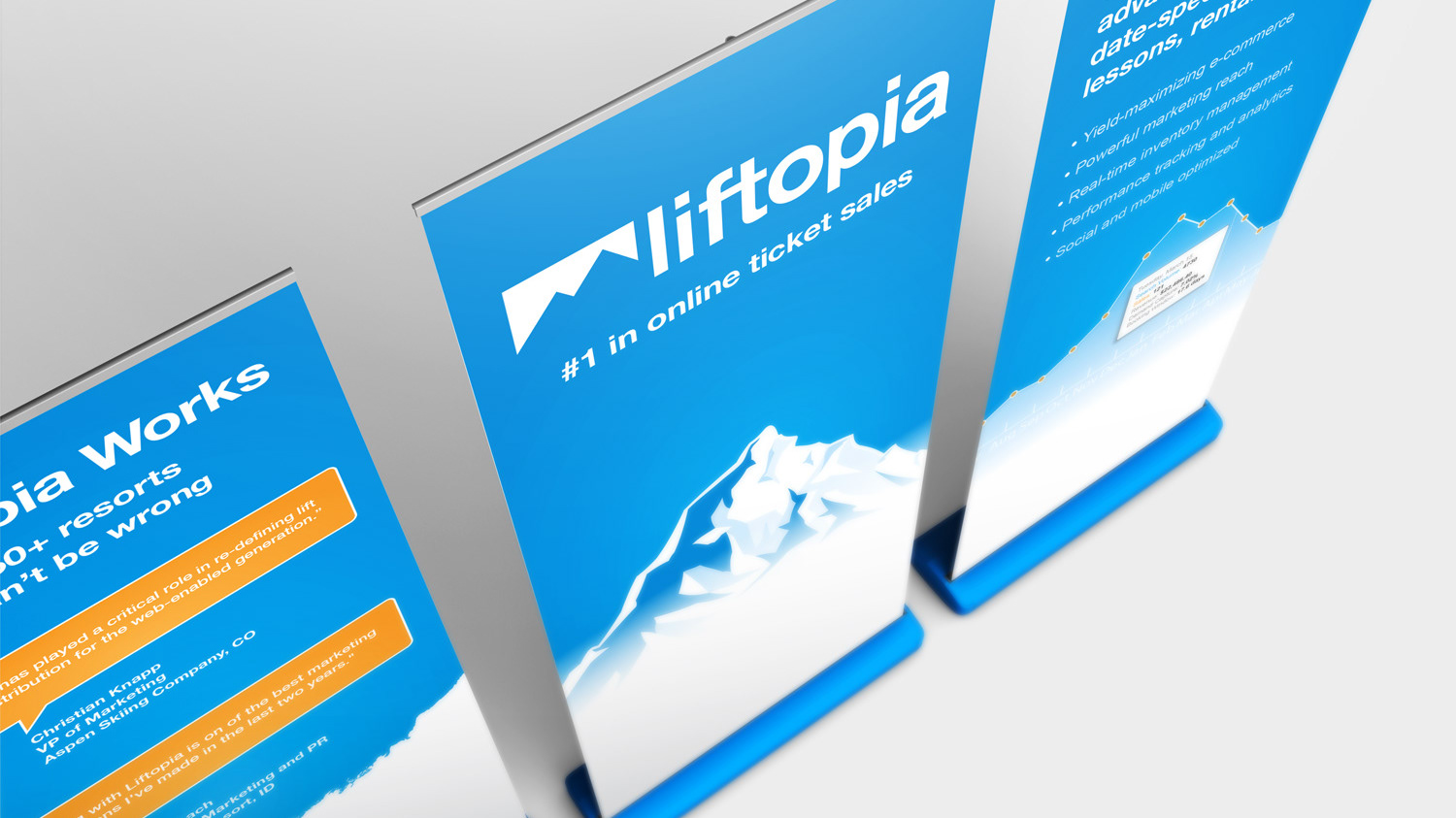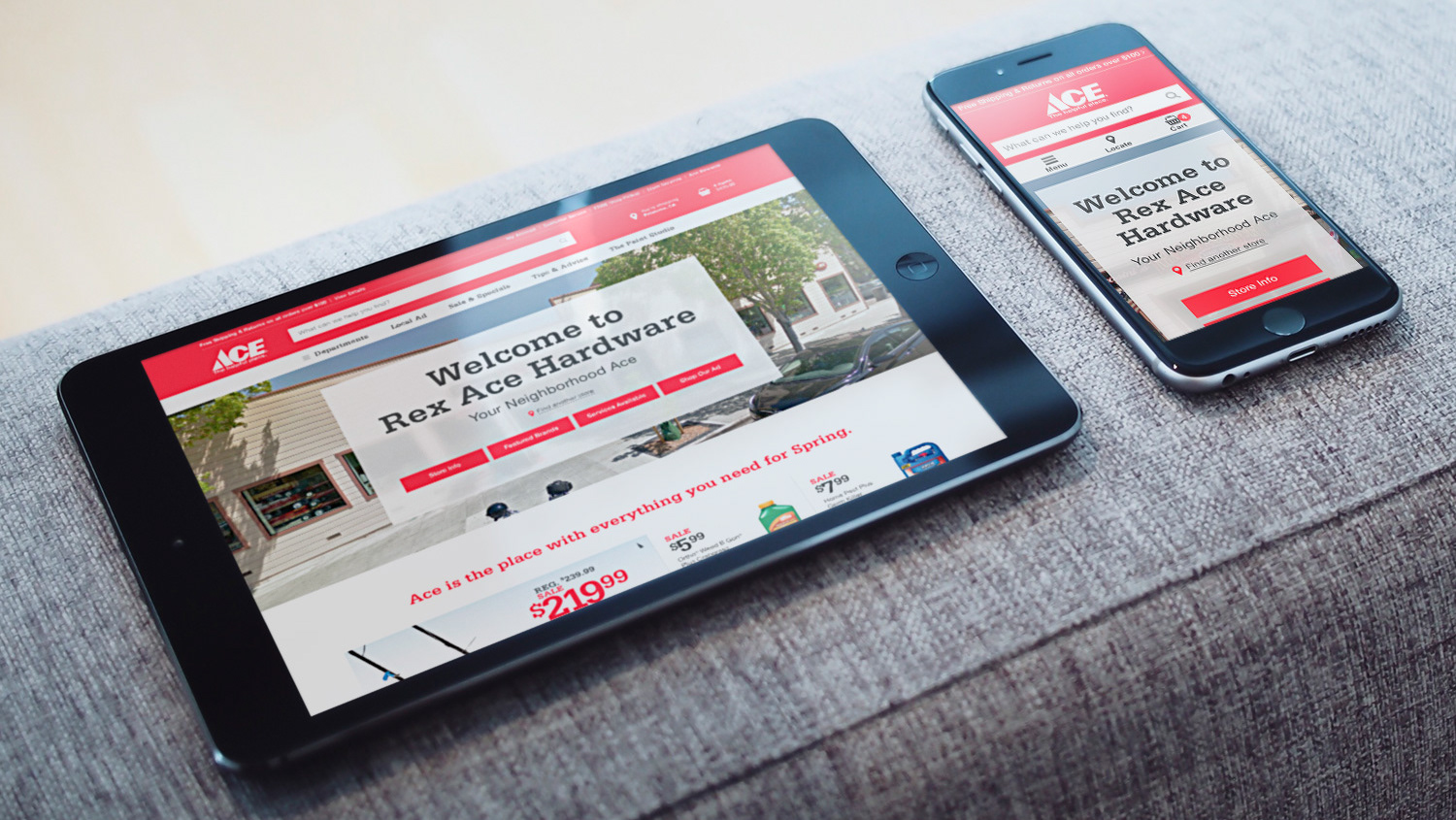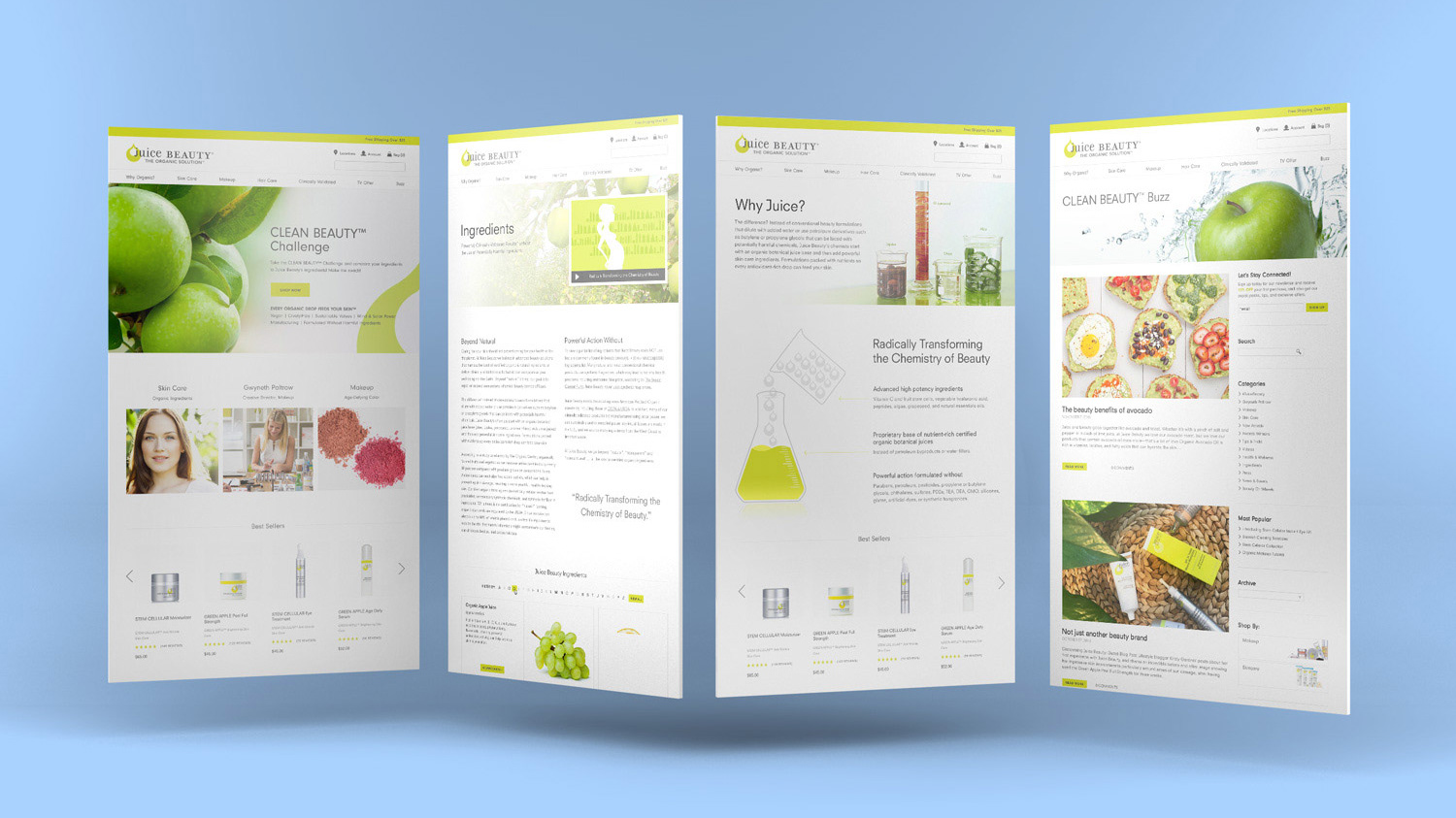Enterprise Solution
How a fun consumer product was turned into a full-scale enterprise solution.
Long Story Short
Videolicious is a video editing product that allows business to delight their customers with branded, personalized, professional-quality videos that are created automatically, in seconds.
Over the past 7 years, I’ve had the privilege of shaping the product's UX and UI, while working closely with the CEO, Matt Singer, and the rest of the Videolicious team.
Our efforts have helped propel Videolicious from struggling start-up to a successful enterprise platform that is currently used by over 4,000,000 employees at leading brands and media companies in over 100 countries. It's also been featured twice in the App Store, has a 4.6 rating with 625+ reviews, and was selected as an Editor's Choice—making Videolicious one of the projects of which I'm most proud!
The Challenge
Video is by far the most popular content in the world, and proving to be an extremely useful tool for business. But traditional methods of making business-quality video are difficult, expensive, and hard to scale. Matt Singer recognized this difficultly as an opportunity for Videolicious to become a leader in the emerging market of business video automation.
In 2017, Matt approached me with a challenge—could you redesign Videolicious' basic three-step consumer app into a full-scale enterprise solution?
Hell yeah... let's do it!
The goal: to create a solution what would allow businesses to easily weave together interviews, videos, photos, music and more into sophisticated, professional-quality video productions. To do this, I would combine Videolicious' patented, proprietary automatic video editing software with an intelligent interaction framework and intuitive user experience.
The Solution
01: Research
To bring an enterprise version of Videolicious to life, we first had to empathize and understand our target audience. We started with interviews of potential users in Sales, Marketing, Support, Communications, and Human Resources industries as well a reviewing feedback from current users.
These conversations helped us understand reoccurring pain points with business video creation. Some examples:
• "I'm busy and video is too time-consuming to make."
• "We don't have the budget to create professional-quality video."
• "Video editing software requires too steep a learning curve."
• "I'm uncomfortable in front of the camera and don't know what to say."
Following this primary research, we conducted a Competitive Analysis which helped us further understand the technicalities and the user experiences of similar products.
02: User Personas and User Flows
Working with data collected during the research phase, we then created user personas to help us narrow in on the demographic we were designing for and the features they would want. After that, user flows were created that allowed us to visualize how the entire product would work from a wider point of view.
03: Sketches
Next, I sketched interfaces using pencil on paper. Sketching is my favorite way to quickly create and discuss different design ideas with the team.
The sketching process focused primarily on new features being added to the enterprise version—such as a teleprompter. This was being added to address the pain point of users who were "uncomfortable in front of the camera and didn't know what to say".
04: Wireframes
Once we were done with sketching we moved on to determining the Information Architecture by creating low-fidelity wireframes in Sketch.
05: Prototypes
InVision is the main tool I use to create prototypes. It allows me to rapidly prototype designs while handling feedback and communication from the team. We created multiple rounds of updates to the wireframes, until the team was satisfied we had reached the best possible solution.
Design
When we were finished determining the UX, we moved on to designing the UI. For the sake of brand consistency, the UI of the app was designed using the guidelines we had developed for the consumer version. This allowed us to quickly design new features while maintaining the sophisticated, minimalistic style users had come to expect from Videolicious.
Tools Used
The Results
Since the relaunch of Videolicious, it has become a successful enterprise platform that is currently used by over 4,000,000 employees at leading brands and media companies in over 100 countries. It's also been featured twice in the App Store, has a 4.6 rating with 625+ reviews, and was selected as an Editor's Choice.




